Piano hinges, also known as continuous hinges, were created to join two flat surfaces together, typically at a 180-degree angle. These surfaces can be made of a variety of materials, including wood, metal, and plastic. The design of the piano hinge allows for a smooth and even distribution of weight and stress along the entire length of the hinge. The name “piano hinge” comes from its use in piano lids, which require a strong and flexible hinge to withstand the weight of the lid while allowing for easy opening and closing. Today, piano hinges are used in a wide variety of applications beyond pianos, and are a popular choice for many different industries and projects Read More…
We take our customer evaluations as our only measure of success. If our customers are not happy, we are not happy! We will work with you until we find the right hinges solution for you.

We are here to provide you with any hinge you could ever possibly need! We are the hinge specialists committed to bringing you a level of customer service that is unmatched by the competition.

Hardware Mfg. supplies stock inventory parts in addition to creating custom components for OEM and resellers. We work with a number of different industries such as agriculture, drug tablet, livestock, truck equipment, conveyors, and more.
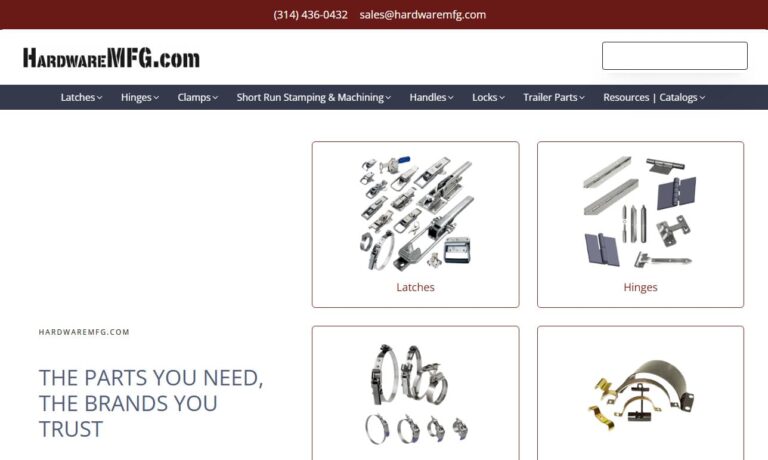
Slip hinges, continuous hinges, butt hinges, flag hinges and any custom hinge need – Delson Hinge has over 50 years of experience to bring you a better hinge making process. Not only the highest quality standard and custom hinges, but also exceptional service, prices and turnaround. With custom hinge design being our forte, Delson can truly say that we offer a hinge for every need!
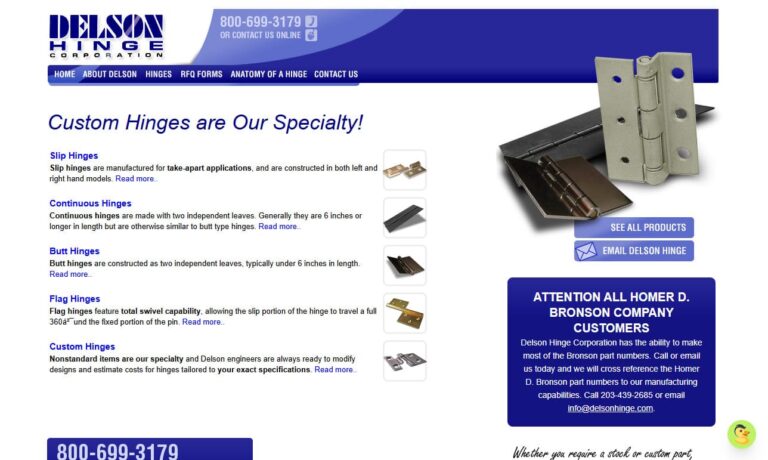
At SELECT Hinges, we have been manufacturing high-quality hinges since 1989. We produce continuous-geared aluminum hinges as well as continuous pin and barrel hinges for doors that are subject to constant traffic. Our hinges are designed to withstand frequent use and have been tested for over 25 million cycles. Models are available for new construction or use on existing doors.
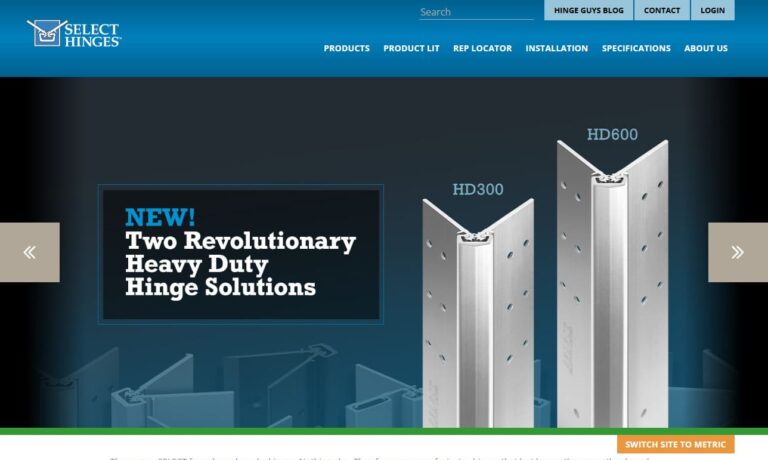
More Piano Hinge Manufacturers
Components of Piano Hinges
Piano hinges consist of two leaf plates, connected by a pin that runs the length of the hinge. The leaf plates are the long, flat pieces that are attached to the surfaces being joined. The pin is the cylindrical rod that connects the leaf plates and allows for rotational movement. The knuckles are the cylindrical portions of the hinge that surround the pin and connect the leaf plates. Finally, the flange is the portion of the hinge that is attached to the surface, providing support and stability.
Variations of Piano Hinges
There are several variations of piano hinges, each with unique features and applications. Continuous hinges are the most common type of piano hinge, consisting of a single long piece of metal that runs the length of the joint. Strap hinges are similar to continuous hinges, but are wider and have a more decorative appearance. Concealed hinges are designed to be hidden from view, often used in cabinetry and furniture applications. Specialty hinges include take-apart hinges, which can be easily disassembled, and offset hinges, which allow for the hinge to be offset from the surface it is attached to.
Materials Used for Piano Hinges
Piano hinges are commonly made from stainless steel, brass, aluminum, and plastic. Stainless steel is the most popular material due to its high strength and durability, as well as its resistance to corrosion and rust. Brass is a popular choice for decorative applications due to its attractive appearance, while aluminum is commonly used in lightweight applications such as aerospace and automotive industries. Plastic piano hinges are used for low-stress applications and offer a cost-effective alternative to metal hinges.
Considerations for Piano Hinges
While piano hinges offer many benefits, there are also some limitations to consider. The weight capacity of piano hinges can be a concern, as they are not designed to handle heavy loads. They are also susceptible to rust and corrosion if not made from the proper material, and their flexibility is limited compared to other types of hinges.
Benefits of Piano Hinges
Despite their limitations, piano hinges offer many benefits. They are easy to install and offer a high level of strength and durability. Their aesthetic appeal makes them popular in furniture and decorative applications, and their versatility and flexibility make them useful in a wide variety of industries and applications.
Applications of Piano Hinges
Piano hinges are used in a wide variety of applications, including:
Furniture
Piano hinges are commonly used in furniture applications where a hinge is needed to allow for rotational movement. They are often used in desks, cabinets, tables, and other pieces of furniture. Due to their aesthetic appeal and versatility, piano hinges are a popular choice in furniture design.
Doors
Heavy-duty doors and fire doors often use piano hinges due to their strength and durability. They are also commonly used in cabinet doors, wardrobe doors, and other interior doors.
Automotive
In the automotive industry, piano hinges are used in trunks, glove boxes, and other applications where a hinge is needed. They are also used in convertible tops, sunroofs, and other automotive accessories.
Aerospace and Defense
In the aerospace and defense industries, piano hinges are used in aircraft interiors, such as overhead storage bins and lavatory doors. They are also used in military vehicles, such as troop carriers and tanks.
Marine and Boating
In the marine and boating industry, piano hinges are used in hatch covers, cabinetry, and other applications. They are also used in boat doors, hatches, and windows.
Other Applications
Piano hinges are used in a variety of other applications, including industrial equipment, toolboxes, and medical equipment. They are also used in the construction industry, for example, to connect panels or siding to a structure.
Choosing the Correct Piano Hinge Manufacturer
To ensure you have the most constructive outcome when purchasing piano hinges from a piano hinge manufacturer, it is important to compare several companies using our directory of piano hinge manufacturers. Each piano hinge manufacturer has a business profile page highlighting their areas of experience and capabilities, along with a contact form to directly communicate with the manufacturer for more information or request a quote. Review each piano hinge business website using our patented website previewer to quickly learn what each company specializes in. Then, use our simple RFQ form to contact multiple piano hinge manufacturers with the same form.





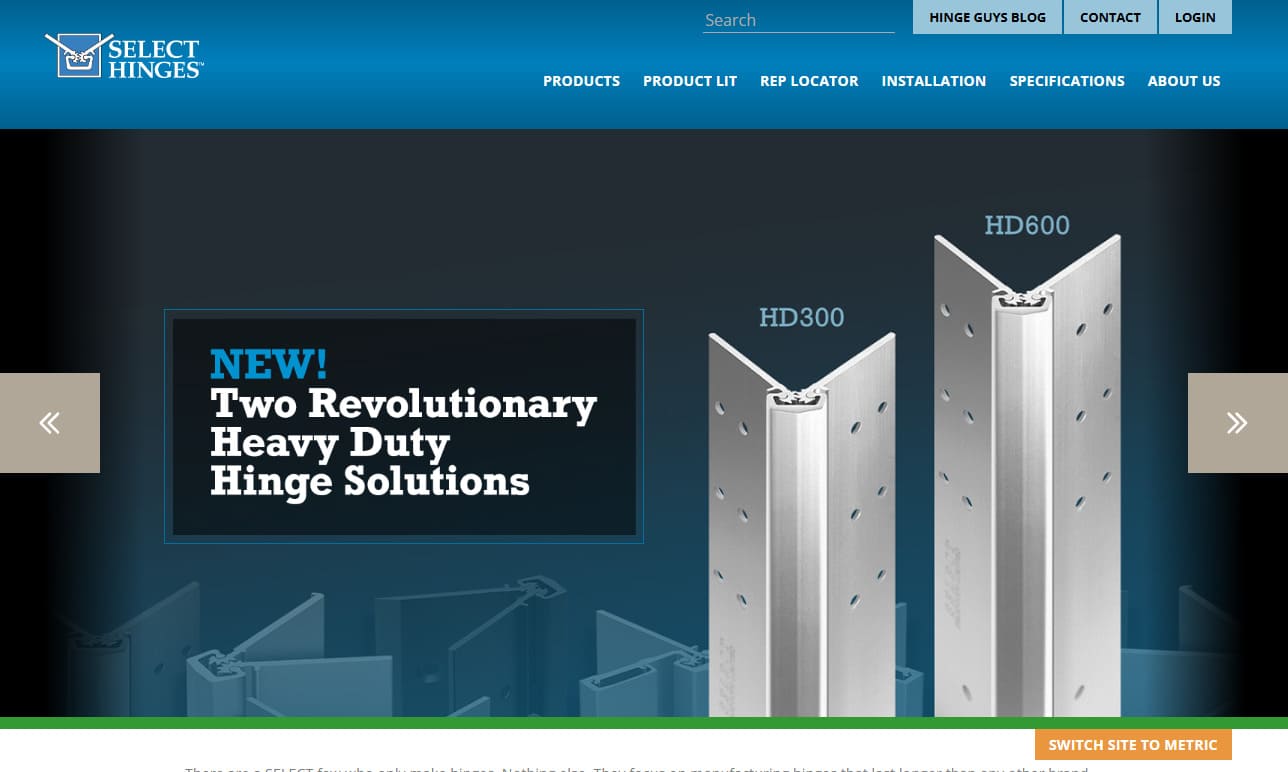
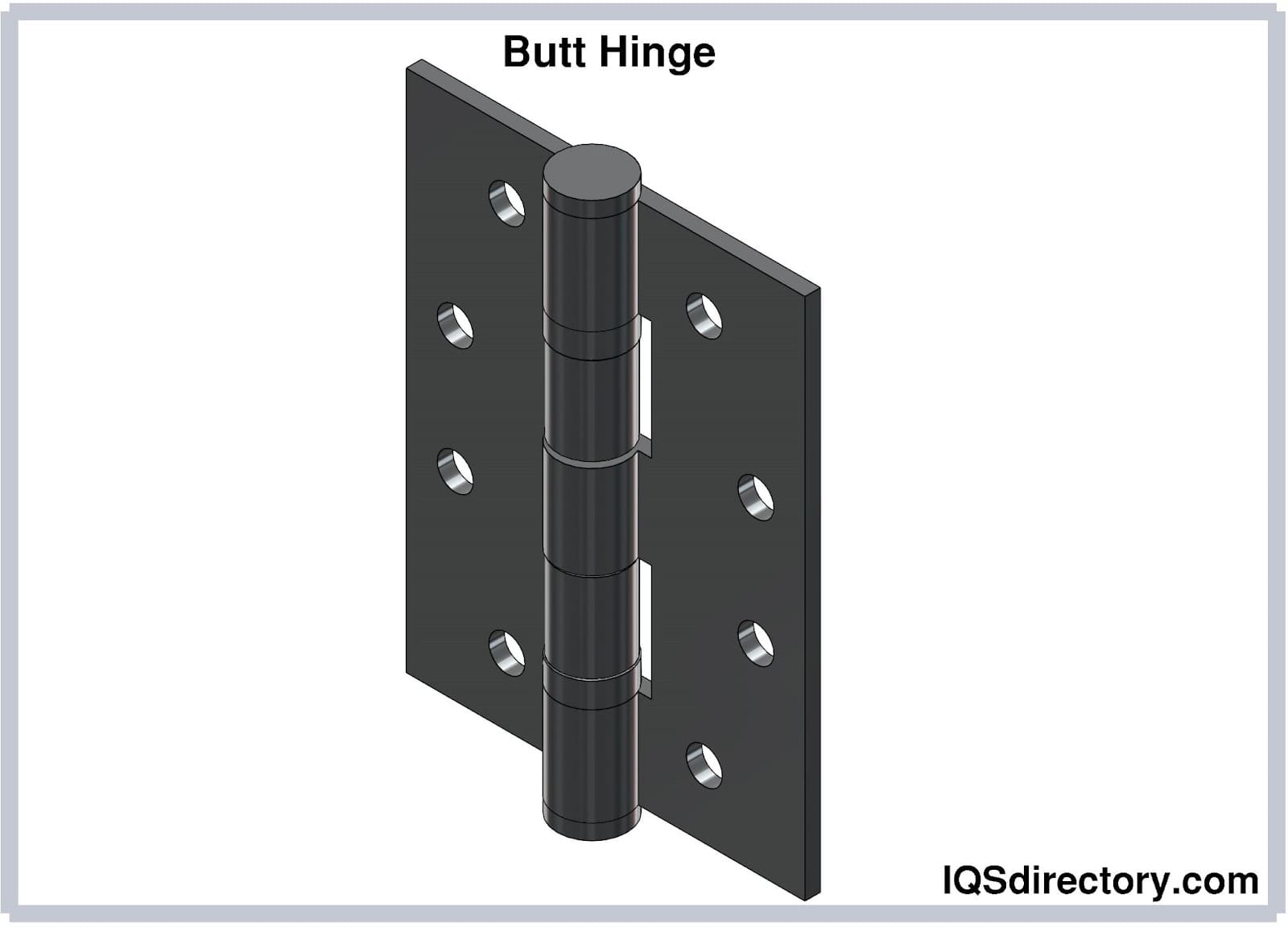
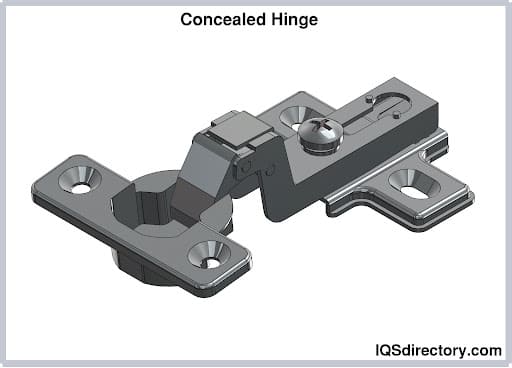
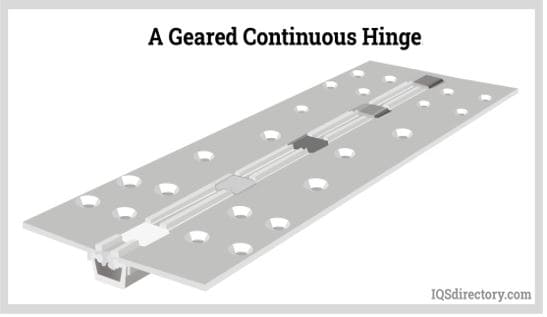
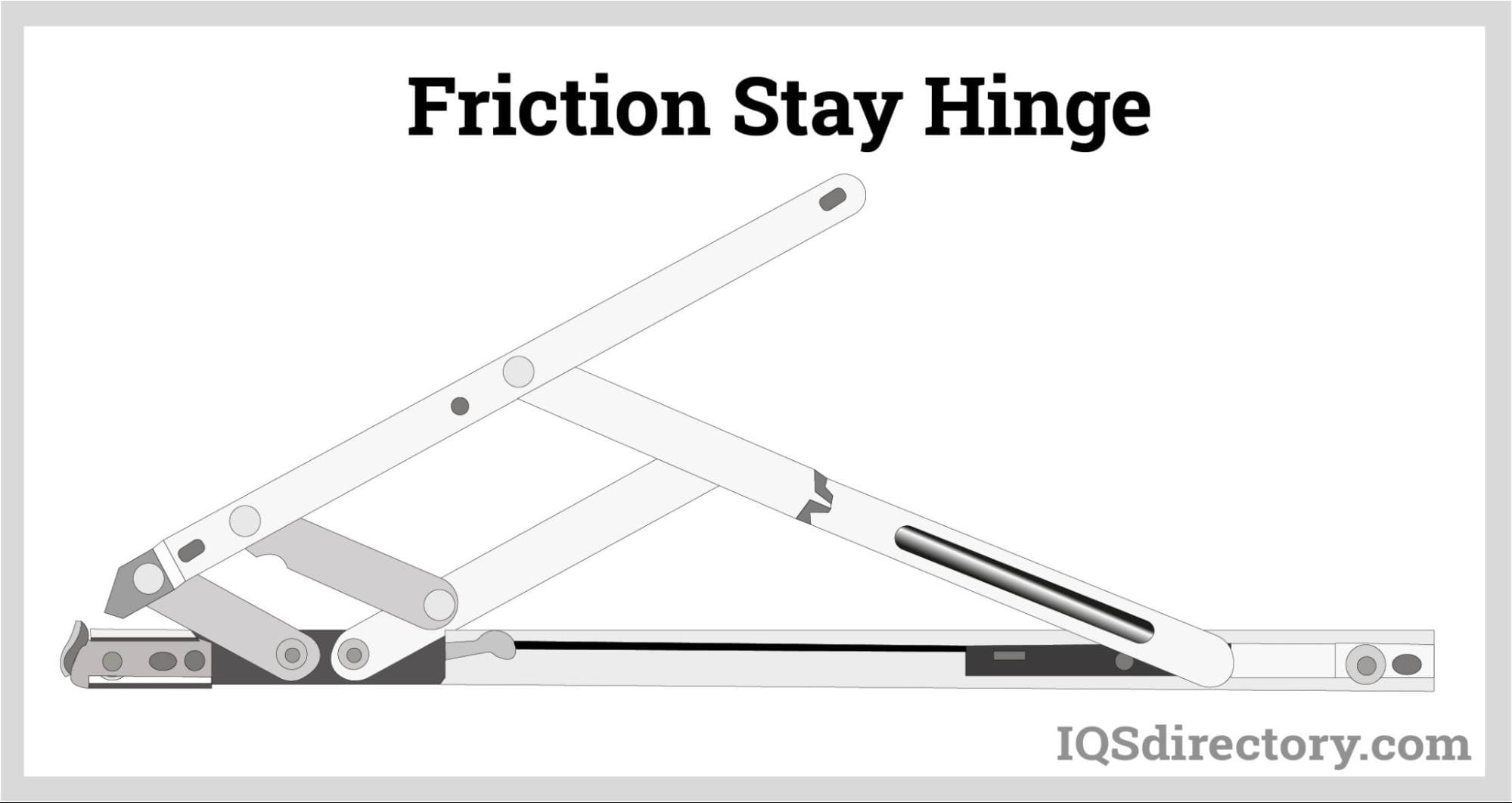
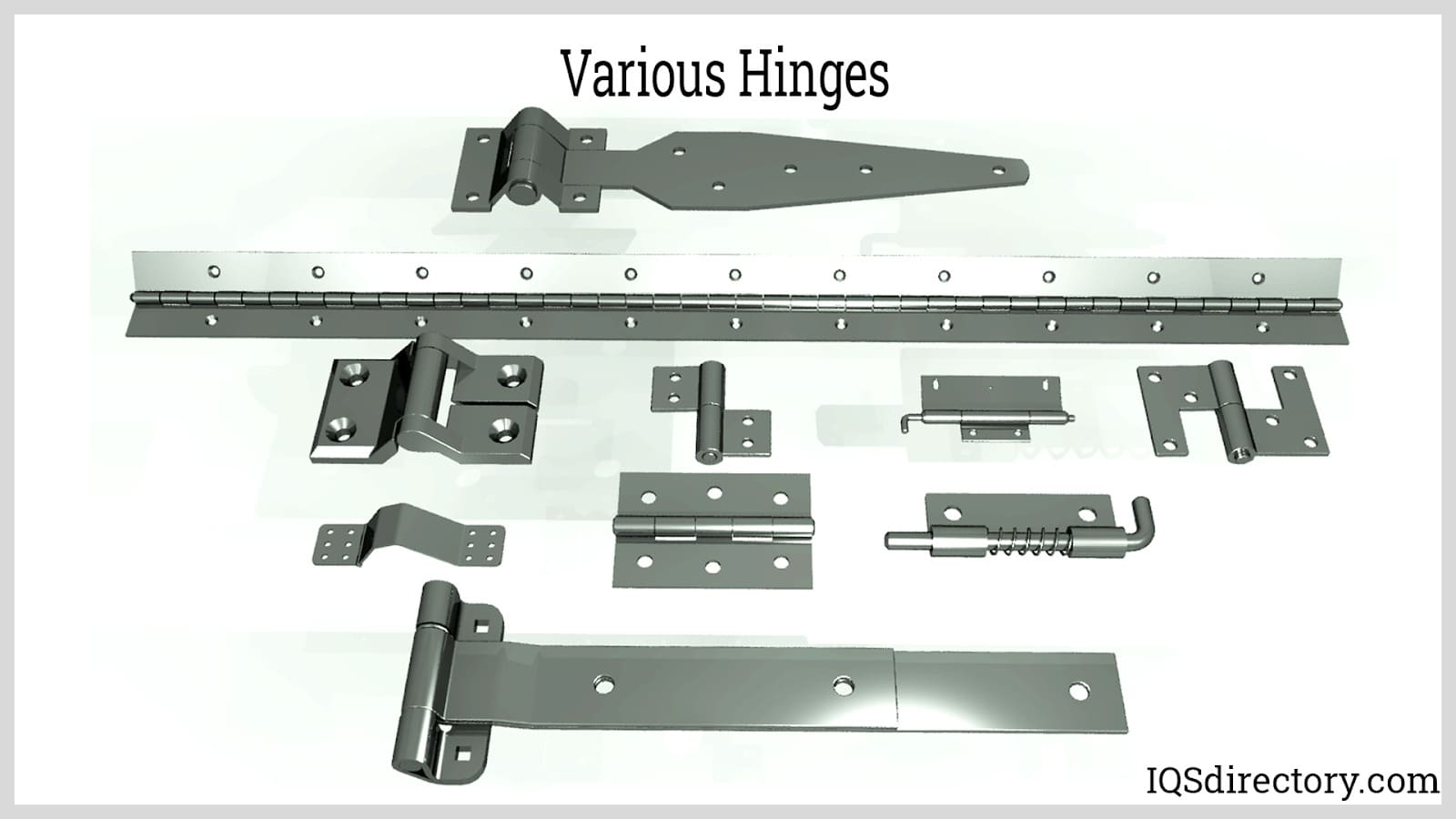
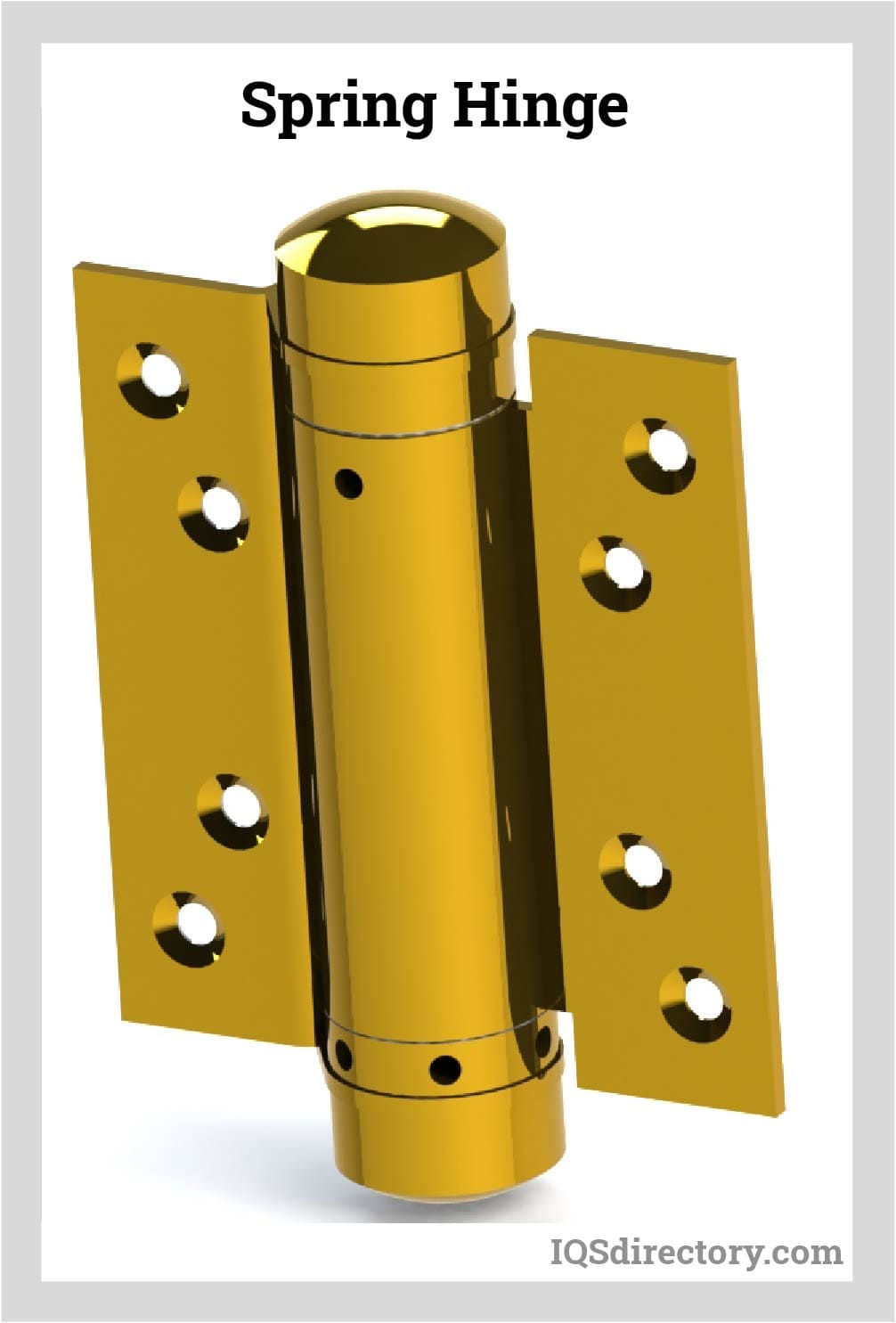
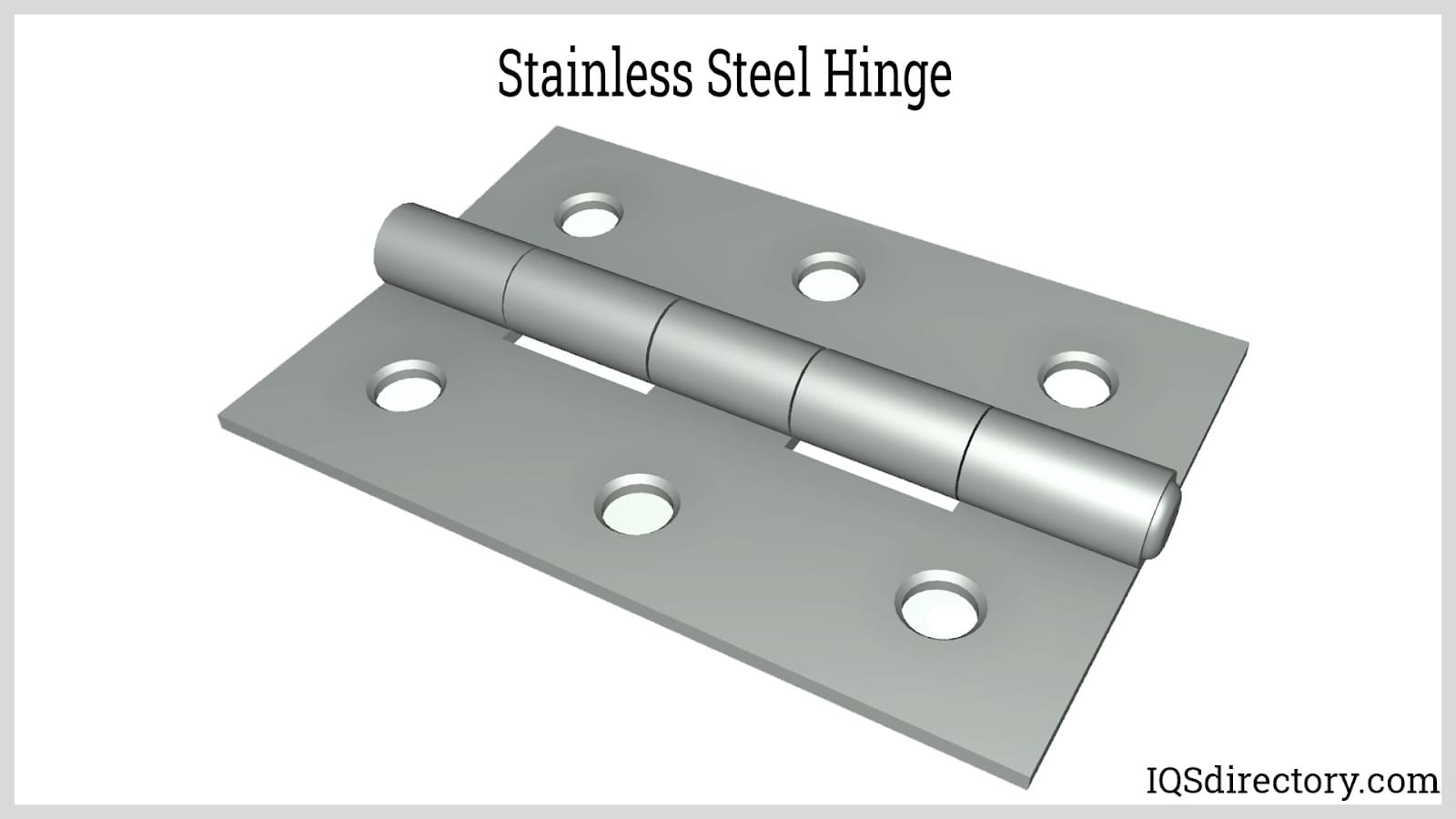
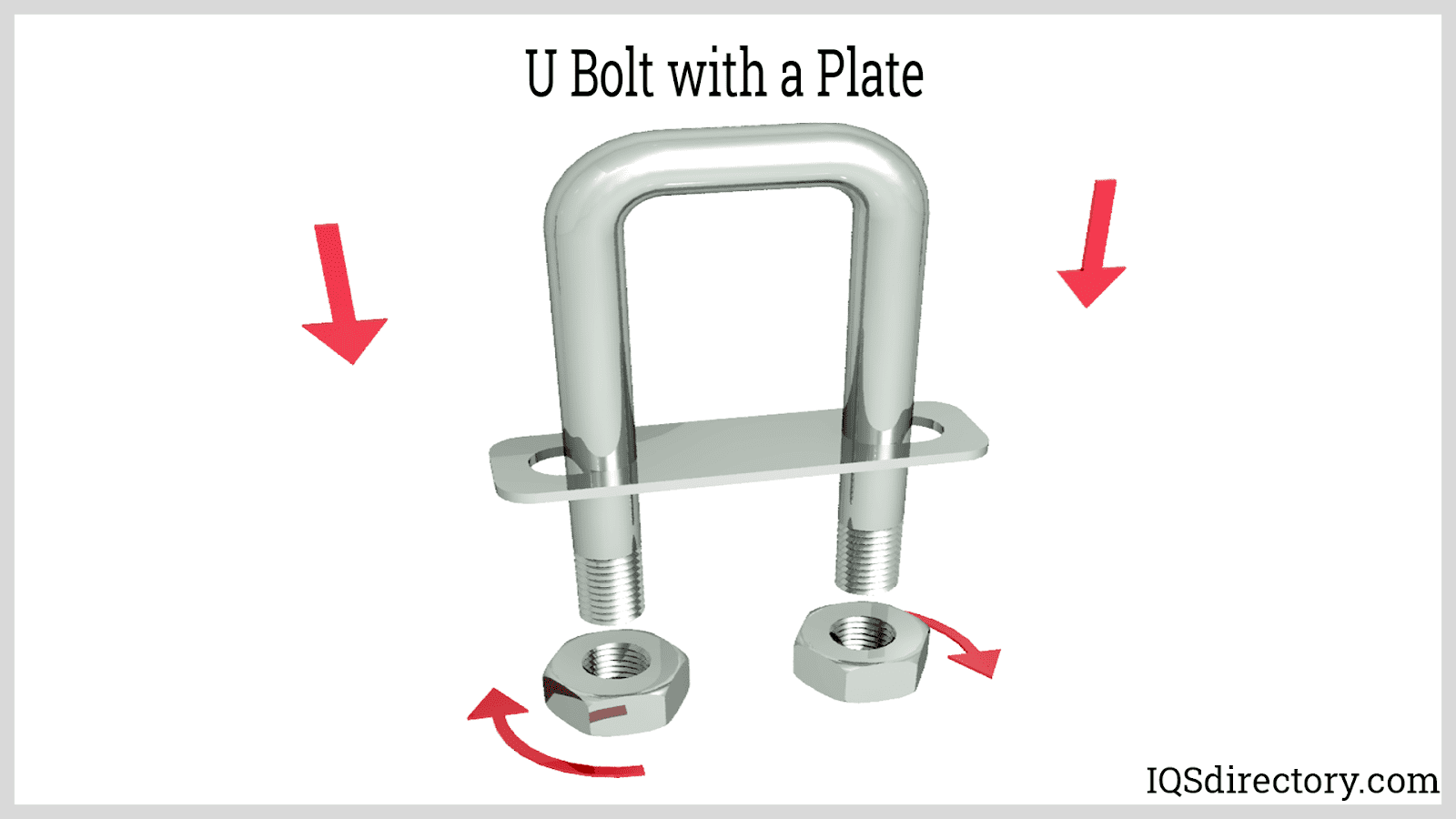
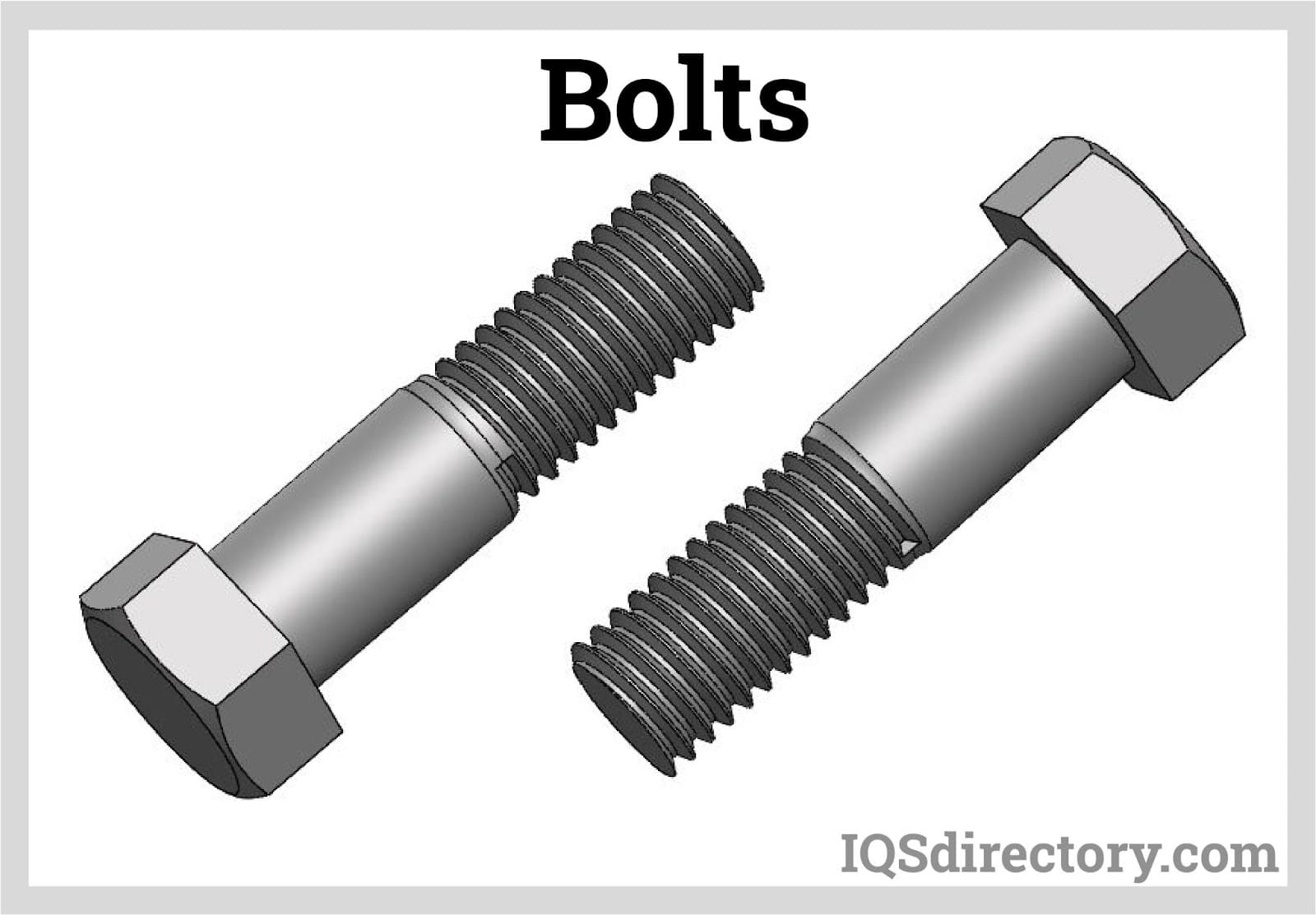
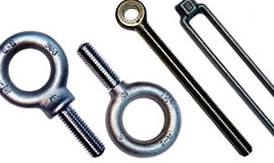 Bolts
Bolts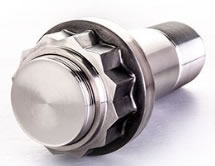 Fasteners
Fasteners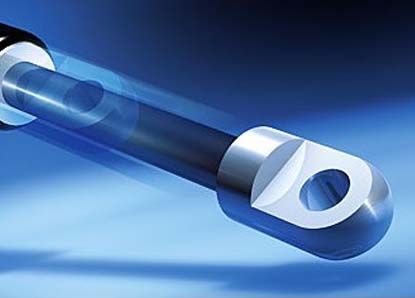 Gas Spring
Gas Spring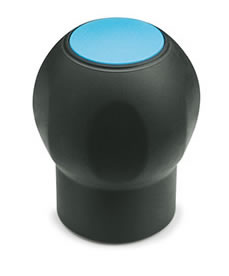 Handles
Handles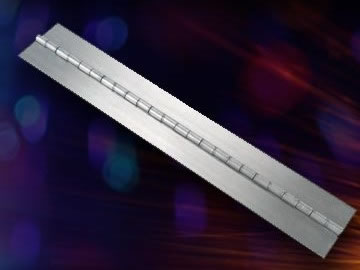 Hinges
Hinges Latches
Latches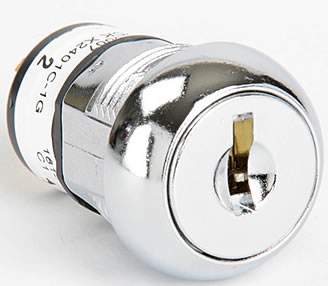 Locks
Locks WIre Hooks
WIre Hooks Castings & Forgings
Castings & Forgings Bulk Material Handling
Bulk Material Handling Electrical & Electronic Components
Electrical & Electronic Components Flow Instrumentation
Flow Instrumentation Hardware
Hardware Material Handling Equipment
Material Handling Equipment Metal Cutting Services
Metal Cutting Services Metal Forming Services
Metal Forming Services Metal Suppliers
Metal Suppliers Motion Control Products
Motion Control Products Plant & Facility Equipment
Plant & Facility Equipment Plant & Facility Supplies
Plant & Facility Supplies Plastic Molding Processes
Plastic Molding Processes Pumps & Valves
Pumps & Valves Recycling Equipment
Recycling Equipment Rubber Products & Services
Rubber Products & Services